In the early years of the PlayStation 5, there weren't many games yet available on the console. Despite the release of Horizon: Forbidden West, most of the titles available for the console were Remasters and re-releases.
This absence of exclusive games - and even interesting titles - was caused by the pandemic. The PS5 came out on November 12, 2020, the lockdown was beginning to be lifted in some countries in the global North and a dozen delays and changes were made to development teams to accommodate sanitary measures.
Most of the big titles with major changes and improvements were released in the last quarter of 2022, and the result was that having a last generation console two years after its launch didn't make that much of a difference.
During this period, to take advantage of the famous “power of the PlayStation 5”, I ventured into one of the main releases that occurred during the pandemic, Ghost of Tsushima, which had received a graphics and gameplay upgrade with its Director's Cut version - the result was remarkable, the artistic direction of this game is focused on appreciating the landscapes and the setting, and my moments exploring the island and its “natural” beauties set the expected standards for future titles recently announced for the console.
Four years have passed since Sucker Punch released it for PlayStation 4 and around two and a half years since the Director's Cut remaster, and still, no game released recently, especially those more focused on exploration, has managed to bring an artistic and visual presentation as fascinating as Ghost of Tsushima.
There is something about exploring that gigantic island, the movement of the grass, the shine of the sunlight or even the ambient sound of rivers, rain, birds and even the breathing of the protagonist, Jin Sakai, that make this one of the most immersive games and fruitful experiences of recent years, worthy of enjoying every detail and every second of the journey without the need to rush from one event to another.
In this article, we point out some of the main elements that make Ghost of Tsushima one of the most acclaimed titles of recent generations and one of the best open world games in the recent industry.
Jin Sakai's Dilemmas
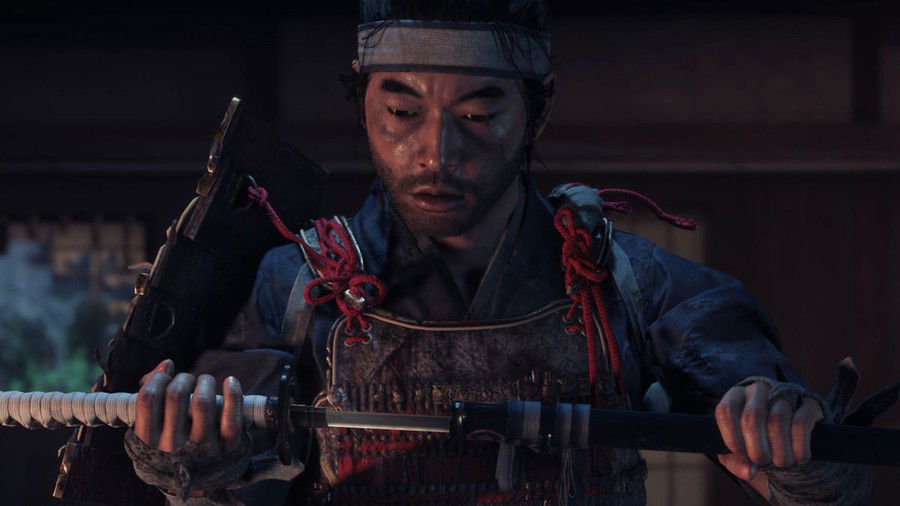
The work takes place during the 13th century, during the Mongols' first invasion into Japan through the Tsushima Island. The protagonist, Jin Sakai, is a samurai from a respected family, who witnesses the defeat of his allies by the less-than-honorable methods of the opposing army.
Honor, which has become a meme due to its relationship with “samurai games” lately, is a recurring theme, as it is up to Jin to decide whether to use subterfuge to defeat the invaders, or maintain his code of ethics as a samurai, which is explained in one of the game's first dialogues as the main weakness of the Japanese army in the invasion.
“But while you were sharpening your sword, do you know how I prepared for today? I learned. I know your language... your traditions... your beliefs... which villages to tame and... which to burn.”
- Khotun Khan
This trait is so inherent to the narrative that Jin's villain and main target, Khotun Khan, makes it clear in attitudes and words. His first appearance is setting fire to the body of a samurai with alcohol and a torch after he challenges him to a duel: their rules are easy to exploit, their code of honor only works if both parties agree, and for the nation with the most advanced war culture of their time, this was just another weakness to take advantage of.
While we state that Jin needs to choose a path between maintaining traditions or opting for dishonor in exchange for the only way to save Tsushima, unlike other Sucker Punch games, known for the Infamous series, the game does not give the player this choice: Jin becomes the Ghost and uses murder and other means to defeat the Mongols with the only means they had not prepared for - The possibility of a samurai abandoning his code to save the island.
The circumstances that lead Jin on the path to becoming the “Ghost of Tsushima” present other sides of the same coin that include the shogunate, its traditions and its social castes. Through Yuna, for example, Jin sees that there are moments where honor means very little.
As the plot unfolds, we see several occasions where his methods are seen as an act of betrayal, deplorable and despicable regardless of the circumstances. The shogunate doesn't care if you saved dozens of lives if you didn't do it by their own code and Jin, the representation of dishonor for your these acts, is also living proof of the inherent flaws in the dogmas and methods of the current government.
Freedom integrated with Narrative Relevance
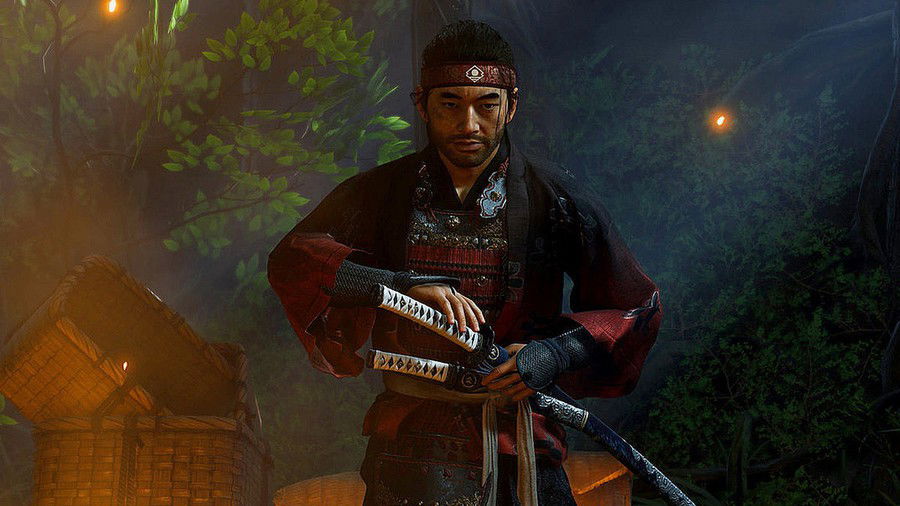
It's even interesting how the game allows you to maintain an “honorable” route during exploration and part of the story. Jin is not required to commit murder when he is exploring the map or entering a Mongol camp, and we can always start the confrontation with a duel. However, just like when Jin is defeated by Khotun Khan when trying to defeat him in a fair battle, the game becomes much more challenging when we decide to face all enemies head on.
There are many ways to play Ghost of Tsushima, and each of them feels “correct” and does not in any way break the sense of urgency surrounding the story, a common problem in many open world titles.
If the player decides that Jin should save the Island quickly and just follow the main quests, it's a good way to follow the narrative. If you instead choose to have Jin save villages and destroy camps, it also makes sense for the hero's goal, and even less conflict-oriented quests like composing a haiku or visiting a shrine are an inherent part of his journey, given that his warrior code values training the mind as well as it trains his body.
Jin, for example, can transform into a wanderer. On his journey to save Tsushima, he explores each region as he heads to where one of his companions or potential alliances are. His horse, while integral to the narrative, can be little used - walking allows you to appreciate the details, pay attention to the signs and even find clues of an event that occurred in that region.
The Beauty of Details
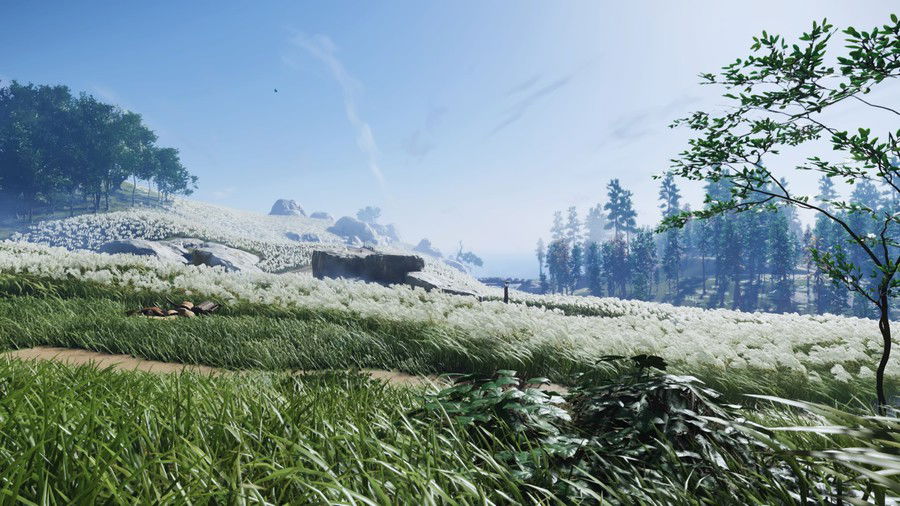
While its formula avoids offering the unrestricted freedom that other open world games provide, Ghost of Tsushima's visual aesthetics make it a title to be savored and enjoyed rather than just rushing through each main quest.
The movement of the grass, the way the sunlight interacts with the foliage of the trees, the different landscapes seen from the top of the mountains, the animals that run through the fields, the villages and even the sound of the environments are essential details of the aesthetic execution of the game, and they make the Island look vivid even when we are in huge fields with nothing to interact with - any detail, like smoke in the sky or a brighter corner on the horizon, will be enough to capture the player's attention and make them walk along this direction.
The lack of a mini-map was another detail that made this experience more immersive. After all, this small feature tends to catch the player's attention and make them just go from one point to another without giving much importance to what is on the way.
By using the wind as a “guide”, the game doesn't leave the player completely lost and teaches them to pay attention to details while also integrating with the historical references of the period where the plot takes place, where a huge hurricane hit the region, killing thousands pf the invading troops who were on the high seas - thus creating one of the first historical records of the word kamikaze (“divine wind”) in the Japanese dialect.
The Conflict between Artistic Freedom and Historical Context
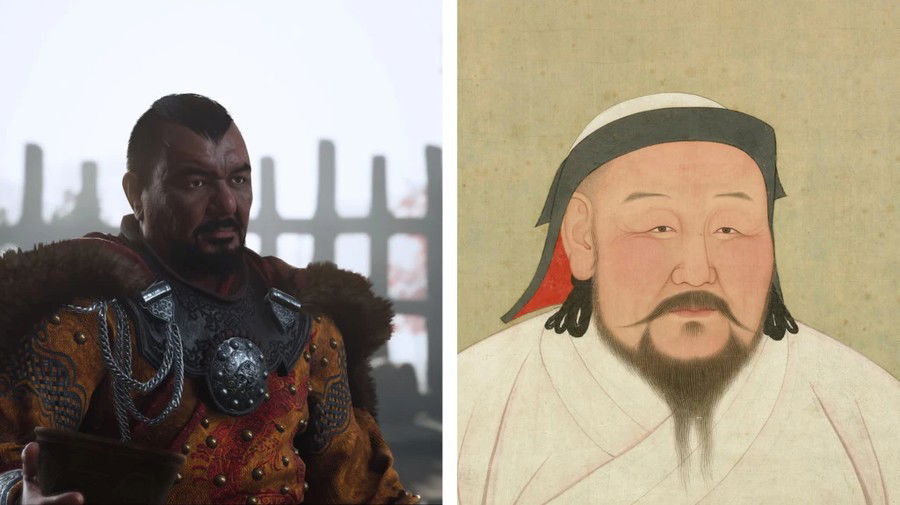
Despite being inspired by a historical moment in Japan, Ghost of Tsushima has several inconsistencies in this regard: the armor used by many characters or even their weapons do not correspond to the tools of that time, just as its biome is inaccurate with that of the island of Tsushima in the real world.
Both are the result of deliberate decisions by the development team to transform the game into a unique experience while characterizing it as an immersion into the feudal universe and the code of a samurai, in addition to the moral conflicts that we face in the role of the hero.
This code and its conflicts, in fact, reveal another crucial detail in contemporary game development: the proximity of its narrative to cinema - Akira Kurosawa served as a great inspiration for the game to the point of its black mode and white being named in honor of the director.
Classic cinema plays a fundamental role in the setting of Ghost of Tsushima and in the immersive experience surrounding the popular imagination of what it means to be a samurai, and just like other works of fiction, some historical contexts need to be given up in favor of fascinate your interlocutor in the universe presented by the work.
Finally, of course, the graphics
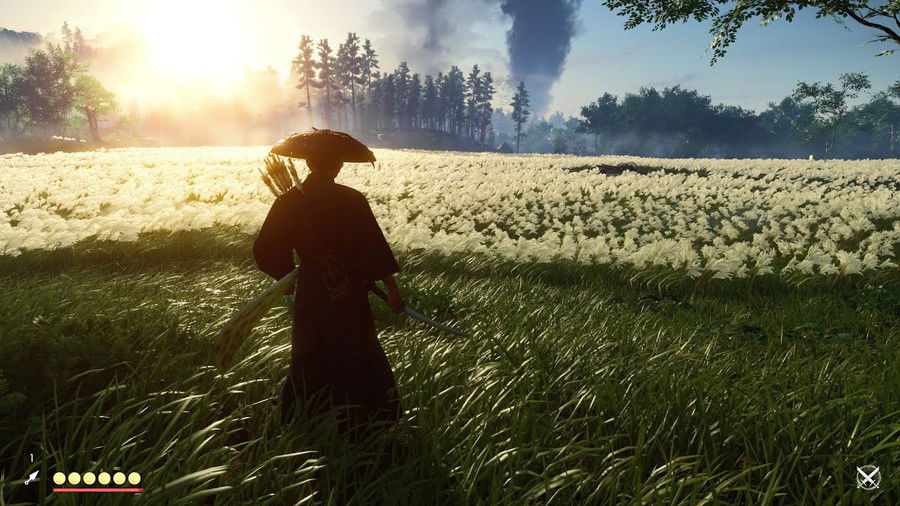
None of the above characteristics would have the same relevance and impact on the industry if Ghost of Tsushima wasn't designed and planned to offer the best possible graphical capacity, an element improved with the Director’s Cut version, but it is the combination of these details that make this one of the best games of the last two generations.
With the announcement that the Director's Cut version will reach PCs on May 16, the possibilities for Jin Sakai's journey and the visual and artistic beauty of Ghost of Tsushima gain new horizons and improvements to be explored.
This migration will even give more emphasis to the game's visual aspect, with improvements to its graphics and lighting that will make it even more enjoyable for players, just like the recent launch of Horizon: Forbidden West, mainly a competitor to Ghost of Tsushima in terms of visuals today, for PCs has unlocked even more of its potential.
What to expect from Ghost of Tsushima 2?
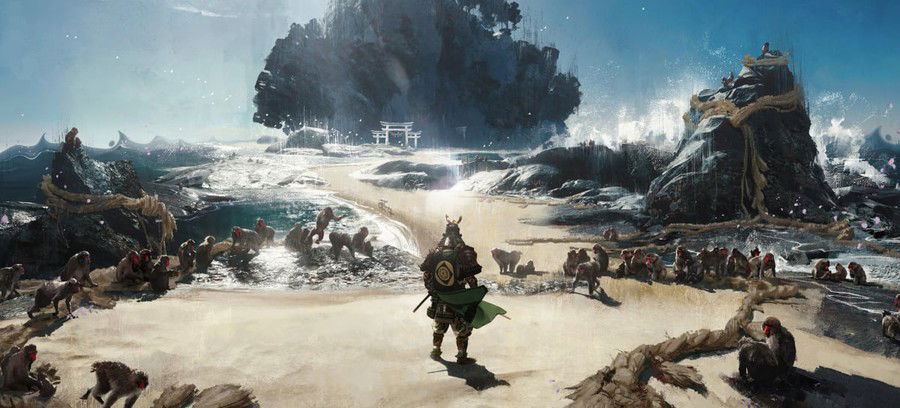
While we still don't have official statements that Sucker Punch is making a second game for Jin Sakai's journey, we can only speculate about its future and the future of Tsushima Island.
A second invasion by the Mongols occurred in 1281, seven years after the one depicted in the game. At the time, the Japanese army was prepared for a new conflict with reinforcement of its maritime defenses, but the scale of soldiers of the enemy army was much higher than in the first invasion, and they again took the islands of Tsushima and Iki - the Reddit user Few_Tumbleweed_5209 made a excellent summary of the historical events of the second invasion which is definitely worth reading.
Speculation about Jin's future revolves around his honorable return as a samurai for exemplary services in the second invasion, or even the need for the Ghost to break with the shogunate once and for all to save the Islands again with his own methods, being then a criminal who may or may not enter into conflicts with samurai as the plot unfolds.
Regardless of what we expect, the second invasion is certainly the ideal background for Ghost of Tsushima 2, and given the good reception of the first game with the public, it would be a huge waste to end Jin Sakai's story and legacy without addressing these events.
Conclusion
That's all for today.
Now, we would like to know his opinion: what are your speculations for the future of Ghost of Tsushima, and how has it compared in visual and artistic aspects with other games released for the current generation of consoles?
Thanks for reading, and if you want to follow more of our content, check out how FFVII Rebirth made me appreciate Final Fantasy XVI even more
Thanks for reading!







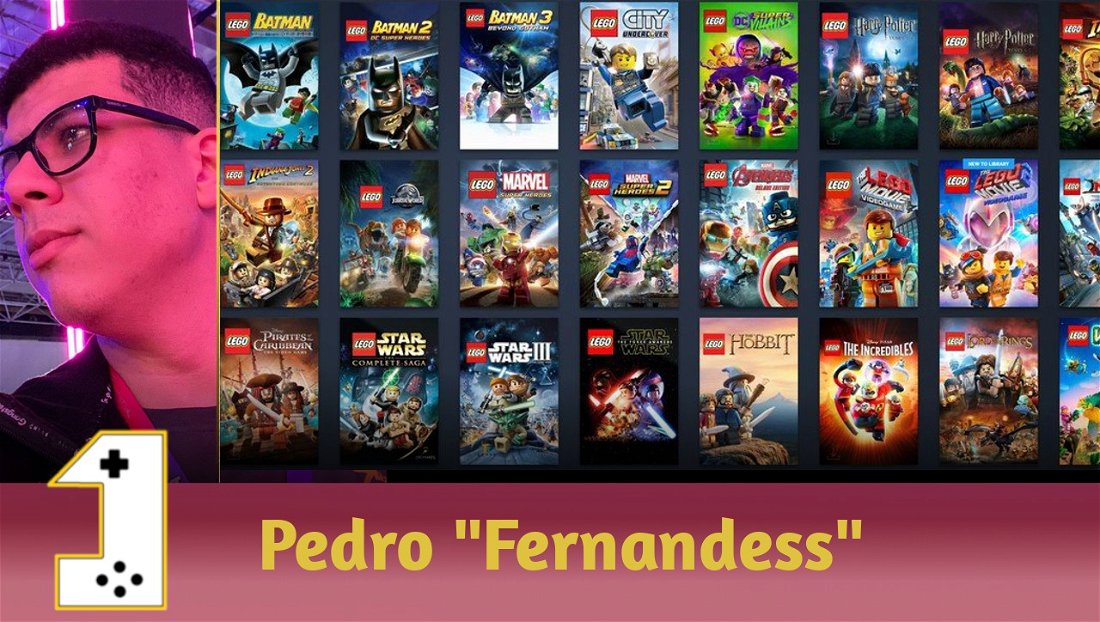
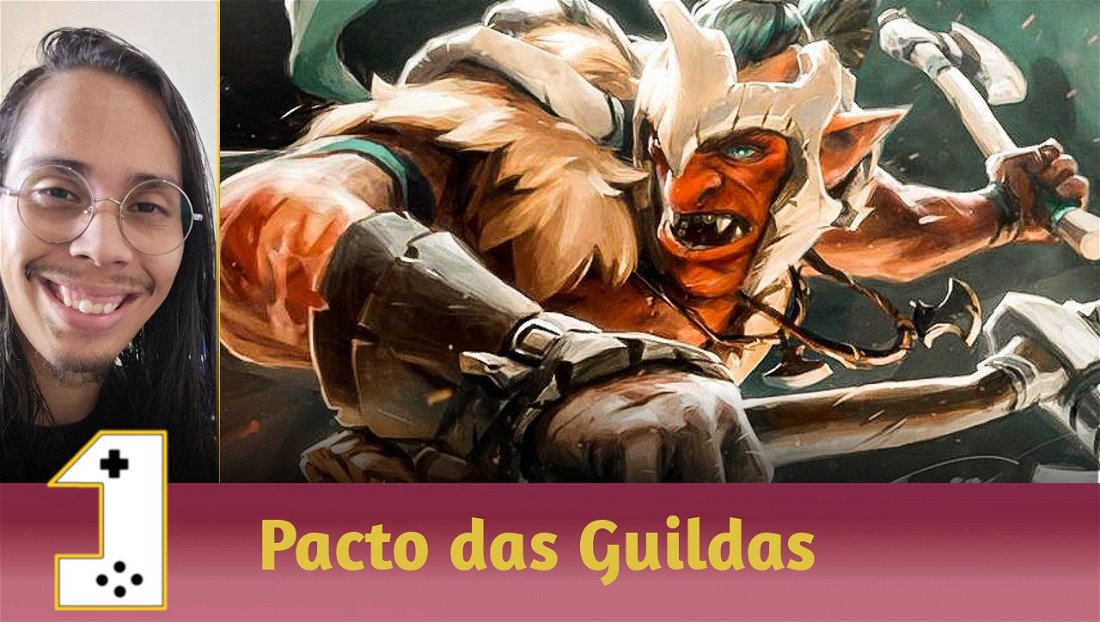



— Comentários 0
, Reações 1
Seja o primeiro a comentar